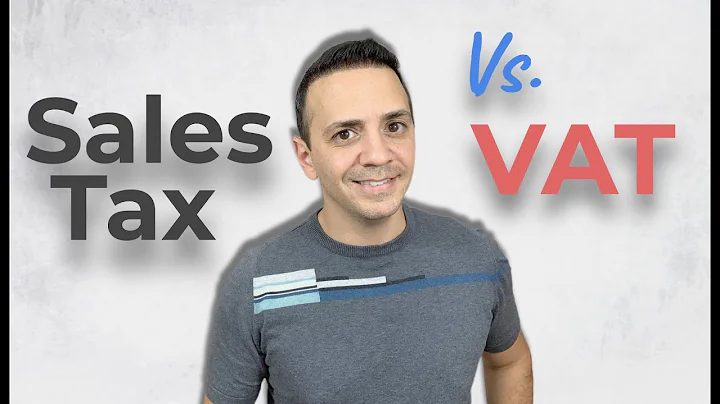"Taxes payable - value-added tax payable ( output tax )" account is used to calculate the sales of goods, labor, services, intangible assets and real estate by general taxpayers. It is calculated and reported to the purchaser based on the sales volume and applicable tax rate. The amount of VAT charged.

General VAT taxpayers provide taxable sales. Generally, the general tax calculation method is applicable. Under the general tax calculation method, the VAT payable is the balance after deducting the input tax from the output tax. The output tax amount is the product of tax-exclusive sales and the applicable tax rate for taxable sales. Since VAT is an extra-price tax, the output tax amount is actually the VAT amount charged to the buyer.
Output tax = tax-exclusive sales × applicable tax rate = tax-inclusive sales ÷ (1 + applicable tax rate) × applicable tax rate
Applicable tax rates vary according to taxable sales activities. Under the current value-added tax policy, the tax rates are divided into There are four levels: 13%, 9%, and 6% with zero tax rate.
Taxpayers provide taxable sales behavior to confirm the output tax accounting entries:
Debit: accounts receivable/notes receivable/bank deposits, etc.
Credit: main business income/other business income, etc.
Taxes payable—— Value-added tax payable (output tax)
The input tax is the value-added tax paid or borne by general taxpayers when purchasing goods, labor, services, intangible assets and real estate. The value-added tax paid or borne by the enterprise must meet the conditions for being allowed to deduct value-added tax before it can be included in the "tax payable - value-added tax payable (input tax)".
At the end of the month, the output tax is greater than the input tax. Generally, the output tax and input tax need to be transferred to "Tax payable - VAT payable ( transfers out unpaid VAT )". The specific entries are as follows:
Carry forward output tax:
Debit: Taxes payable - VAT payable (output tax)
Credit: Taxes payable - VAT payable (transfer unpaid VAT)
Carry forward input Tax amount:
Debit: Tax payable - VAT payable (transfer out unpaid VAT)
Credit: Tax payable - VAT payable (input tax)
"Transfer out unpaid VAT" settlement Transfer entry:
Debit: Taxes payable - VAT payable (transfer unpaid VAT)
Credit: Taxes payable - VAT not paid
"Taxes payable - VAT not paid "Tax" is the credit balance, indicating that the enterprise has value-added tax payable but unpaid.
When the input tax is greater than the output tax, retained tax credit is formed, which means that the enterprise has not generated enough output tax for input tax to be used to offset , and no additional accounting processing is required for the retained tax credit. In 2022, in order to support the development of small and micro enterprises, manufacturing and other related industries, the state introduced a series of retained tax refund policies. Qualified enterprises can apply for incremental retained tax refund and existing retained tax





















